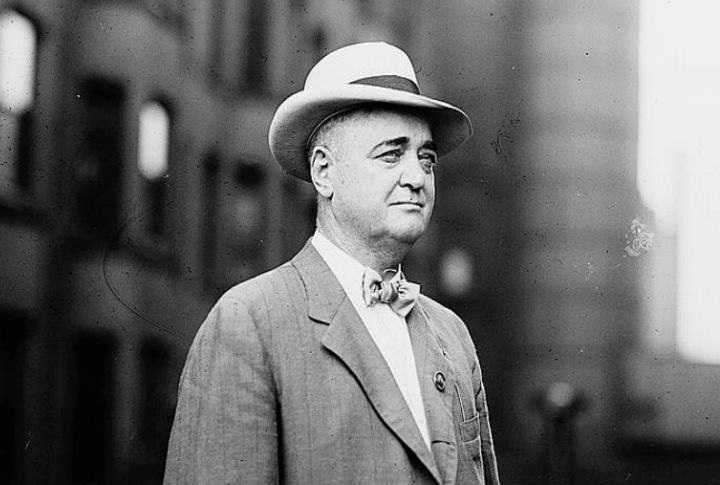
Stories stick longer than scars, especially out on the frontier. Fame has a funny way of rewriting the truth, turning outlaws into heroes and showpeople into soldiers. A few stretched the facts themselves, while others got rewritten by history’s loudest voices. Here’s where myth fades and the real stories begin.
Buffalo Bill
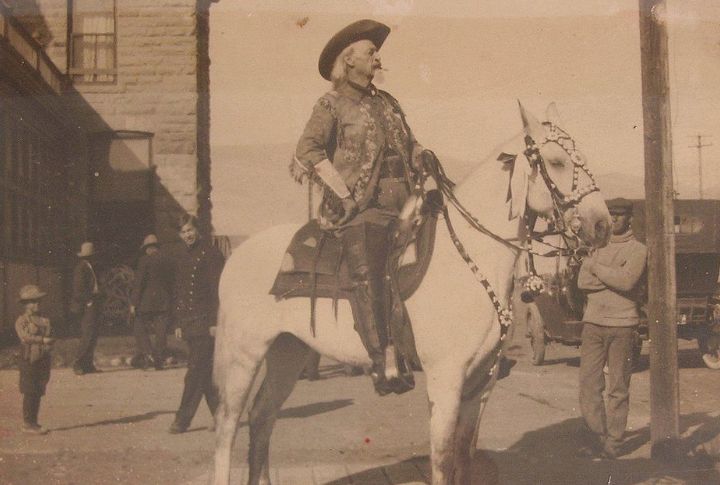
Buffalo Bill turned the myth of the American frontier into a polished show. Scripted duels and choreographed chaos passed for Wild West grit. Cody’s show sold the illusion, and the audience paid in admiration. Behind the curtain, he crafted the legend that outlived the man.
Davy Crockett
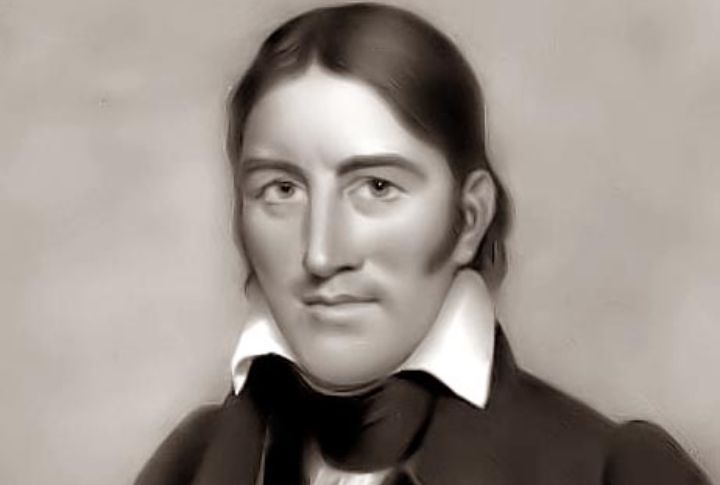
Instead of dying mid-fight at the Alamo, some say he surrendered. Witnesses claimed Crockett was executed after capture. The heroic demise stuck, though. It carved him into a martyr. People preferred the myth that screamed, not the silence that followed a firing squad.
Jesse James
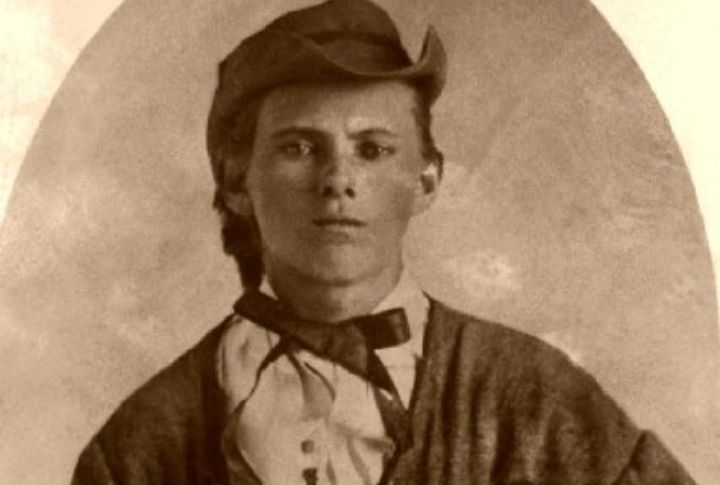
The Southern press turned a bitter outlaw into a folk savior. Jesse James robbed banks for himself, not people with low incomes. Jesse didn’t rewrite history, but he benefited from someone else’s pen. Clearly, passing off the story of a noble rebel was more interesting than that of a mere thief.
Stagecoach Mary

Stagecoach Mary Fields broke barriers as the first Black female mail carrier, navigating Montana’s ruthless trails armed with a shotgun. Hollywood’s Westerns, however, skipped her story, preferring white heroes to the real-life grit of a cigar-smoking woman who fought through storms and stereotypes.
Wyatt Earp
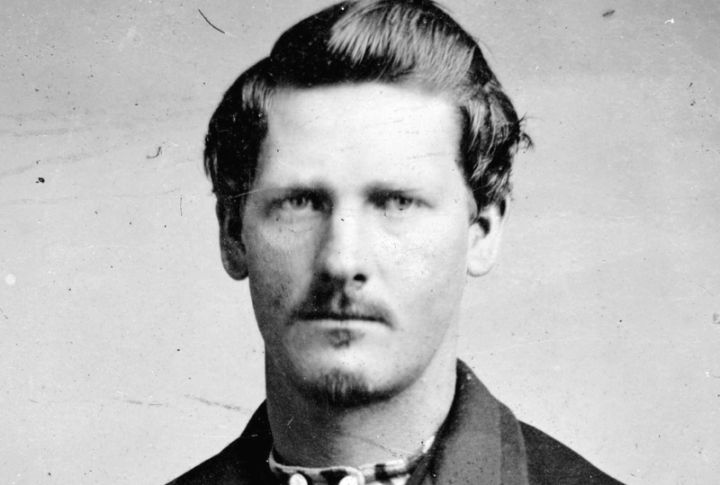
People remember the O.K. Corral but forget the skipped warrants. Earp straddled law and outlaw status. His clean legend got whitewashed while the rough edges were edited out. It wasn’t justice that preserved his name; the narrative was storytelling mixed with selective memory.
Calamity Jane
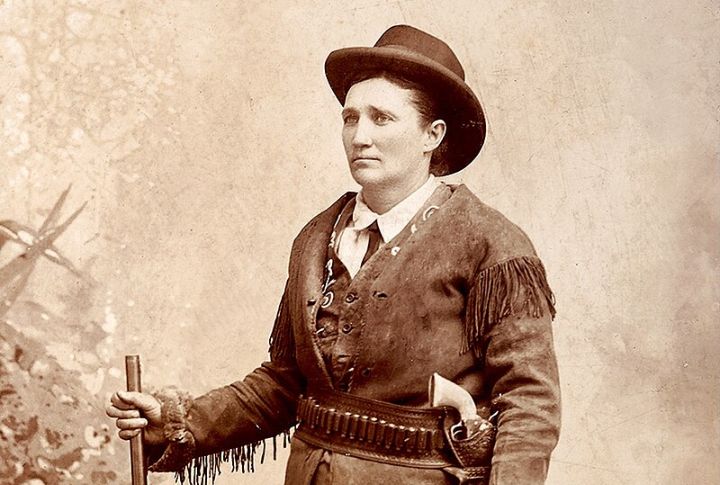
More performer than hero, Jane claimed rescues, battles, and victories that the records never confirmed. Truth stayed quiet while the saloon talk shouted louder. She knew how to spin a tale before anyone else tried to write it for her.
Doc Holliday

The West remembers his cough more than his kills. Holliday was a dentist turned gambler, gunfighter, and iconic figure of the American Wild West. His loyalty to friend Wyatt Earp earned him a legend. He survived with a style that outlasted his tuberculosis and bad odds.
Annie Oakley
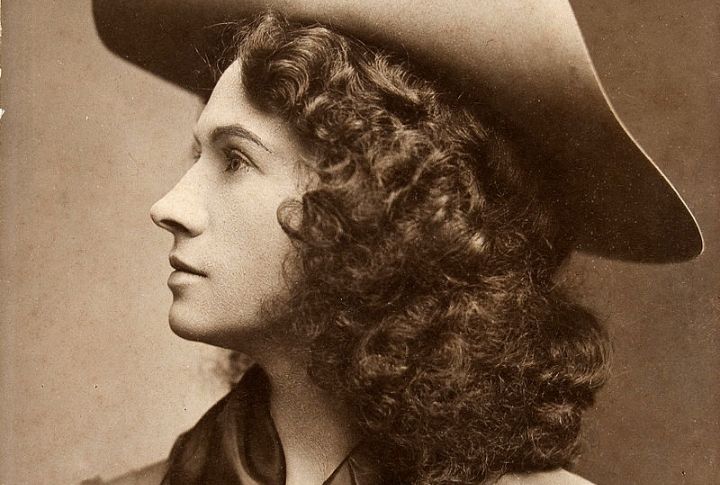
Annie Oakley’s reputation as a wild gunslinger was a press creation that overshadowed her disciplined, controlled shooting style. She spent hours practicing her aim, striking targets with calm precision. She also championed women’s marksmanship offstage, but history mostly forgot that part, casting myth over truth.
Wild Bill Hickok

He sold his myth before others could, painting himself as a flawless gunslinger and hero of frontier justice. But most of it was show, inflated by stories and staged encounters. Hickok’s swagger entered every room before he did. Charisma carried the lie further.
Butch Cassidy
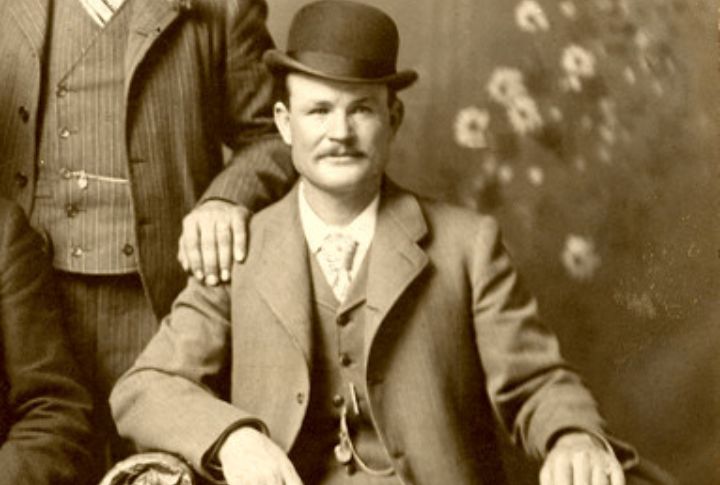
Butch Cassidy was notorious for robbing banks with his Wild Bunch gang. He reportedly vanished after a Bolivian shootout in 1908, yet letters and sightings suggested he lived on. Was he gone or still in hiding? Nobody knows. The legend grew, his disappearance making more waves than his lawless escapades.
Tom Horn
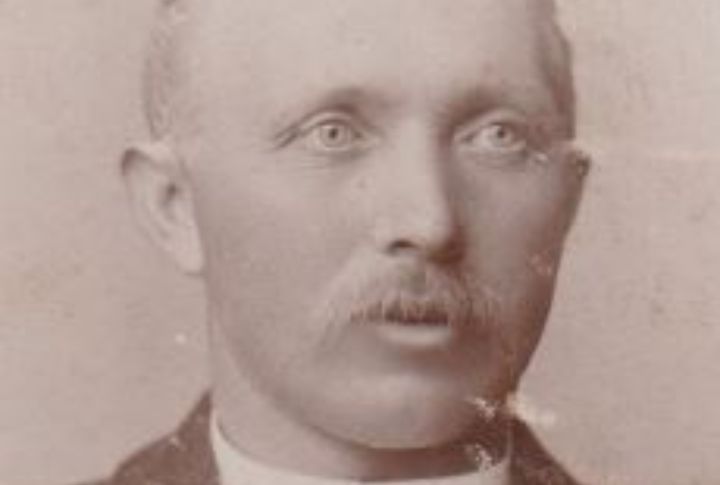
The confession felt shaky, a boy was gone, and the truth was tangled somewhere in between. Some say Horn was railroaded. Others say he was guilty of murder and deserved the rope. Ultimately, his legend swung alongside him. Justice was served, but no one knows if it was truly fair.
Pearl Hart
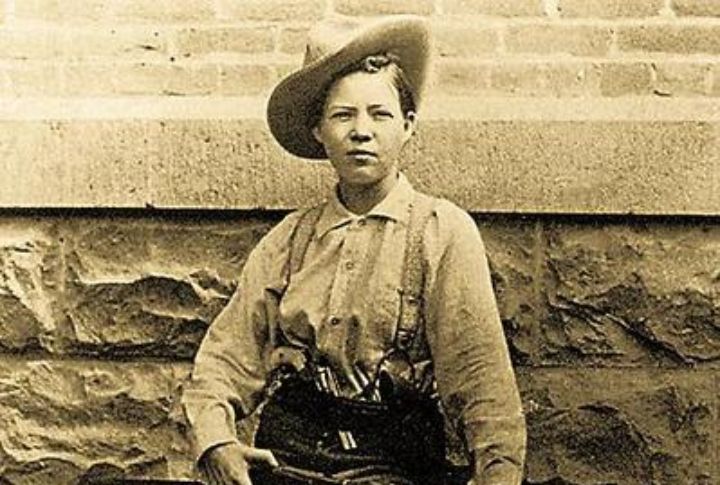
After being robbed, Pearl turned it into a legendary experience. With a corset and a revolver, she became a symbol of the Wild West. A flair for drama gave her a spotlight that never quite dimmed. The West didn’t need more details to mythologize; it needed spectacle.
Ned Buntline
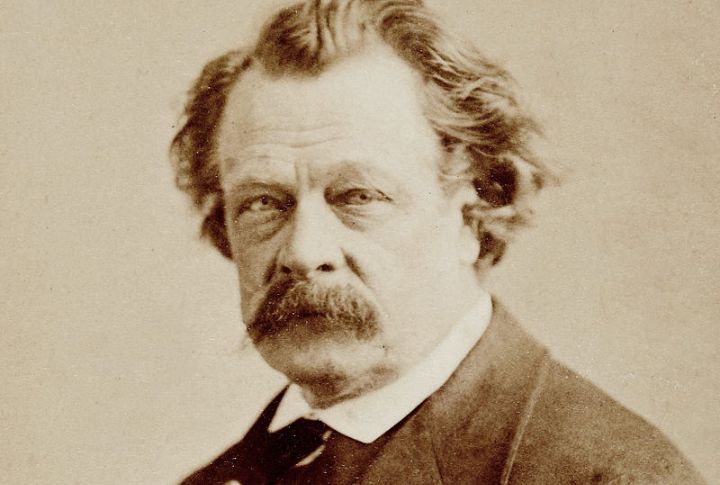
Ned Buntline wrote novels that turned outlaws into heroes and transformed ordinary events into gripping tales. His truth came fiction-wrapped, priced cheap, and swallowed whole. He sold myths that would live on long after his demise.
Sundance Kid
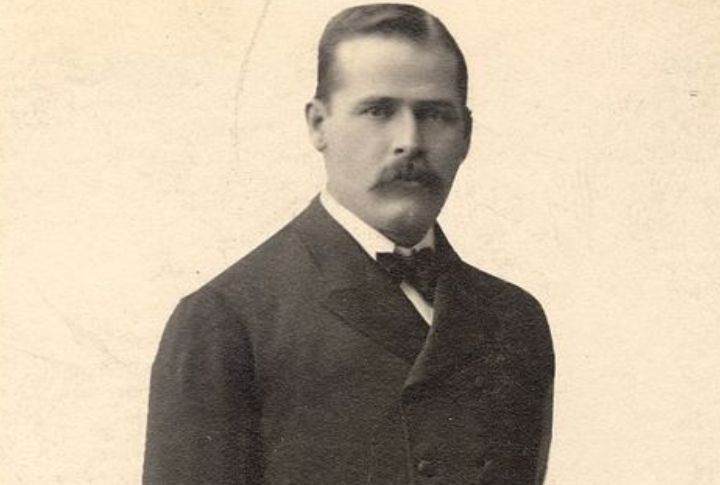
Every ending they gave him sparked another theory. Bolivia reported Sundance Kid’s last stand in 1908, but conflicting stories surfaced. Some said he slipped away, while others claimed he was captured. Without clear proof, his fate became a guessing game — a legend forged by speculation.
Geronimo
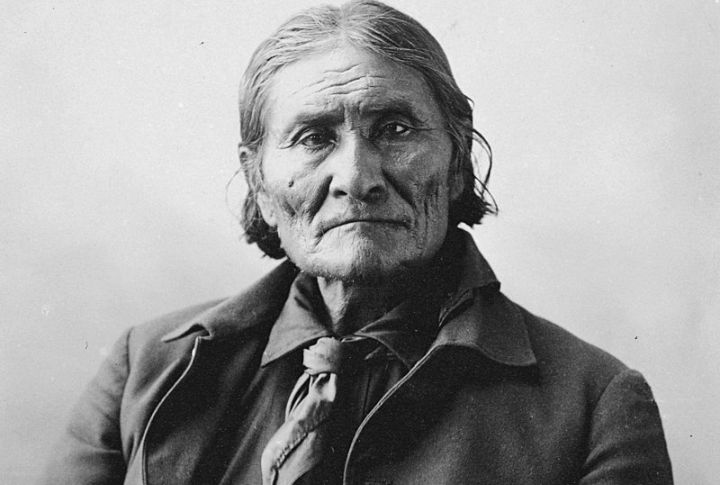
They paraded him through arenas after branding him savagely. Geronimo was a leader fighting for his people’s freedom and lands. His raids were a direct response to the injustice and threats his tribe faced. They couldn’t silence him in battle, so they repackaged him.
Sitting Bull

Spiritual vision, not savagery, defined Sitting Bull’s strength. He outmaneuvered armies with ideas, not just ambushes. Diplomacy was never as exciting as gunfire, so history clipped his image to battle scenes. The warrior they painted was only part of the man.
Black Bart
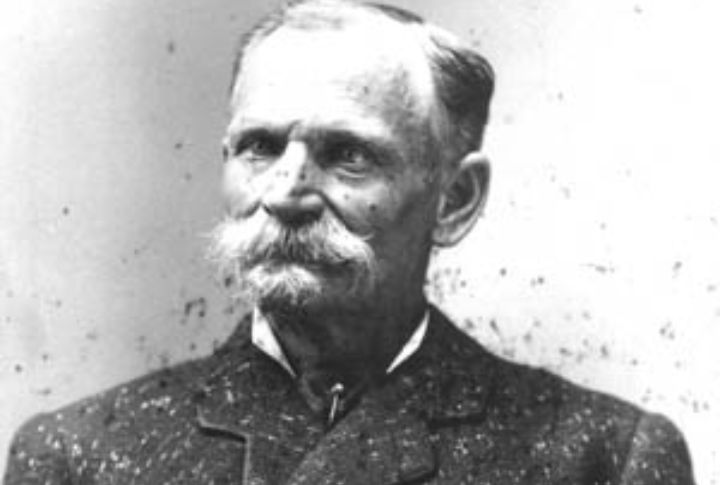
Charles Bowles adopted the alias Black Bart, using wit and words instead of weapons to rob stagecoaches. Disguised in a sack mask, he left mocking poems at each scene. Later tales rewrote him as a gun-wielding outlaw, erasing the truth of a thief who never fired a shot.
Bat Masterson
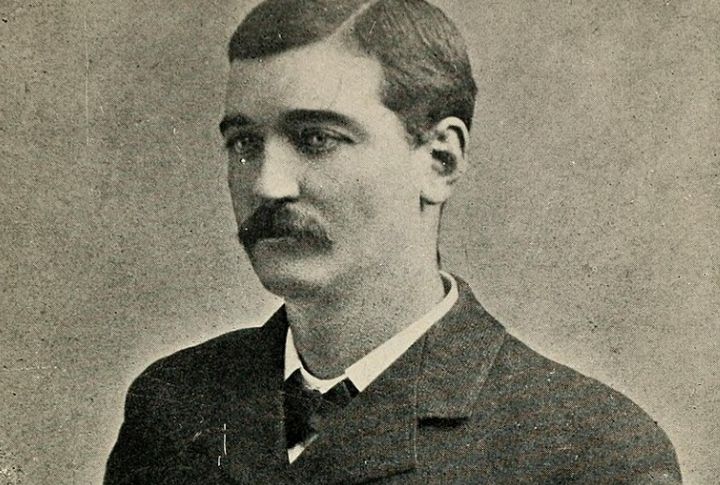
Gunfights built his name, but he polished it in print. Writing sports columns in New York, Masterson swapped bullets for bylines. Most forgot the lawman, remembering only the legacy of the writer. Yet every sharp sentence carried a low echo of his six-shooter days.
John Wesley Hardin
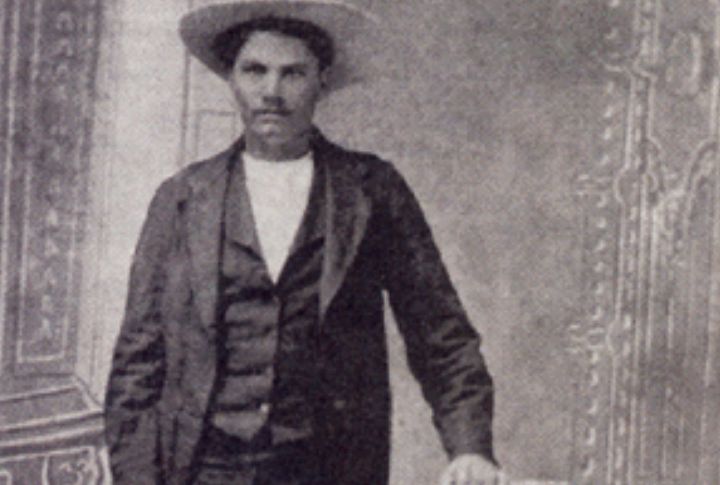
John Wesley Hardin spent his youth running from the law, claiming 40 kills despite records suggesting fewer. Prison became his turning point, where he studied law and became an attorney. But even with his law degree, his name remained synonymous with gunfights, not justice.
Billy The Kid
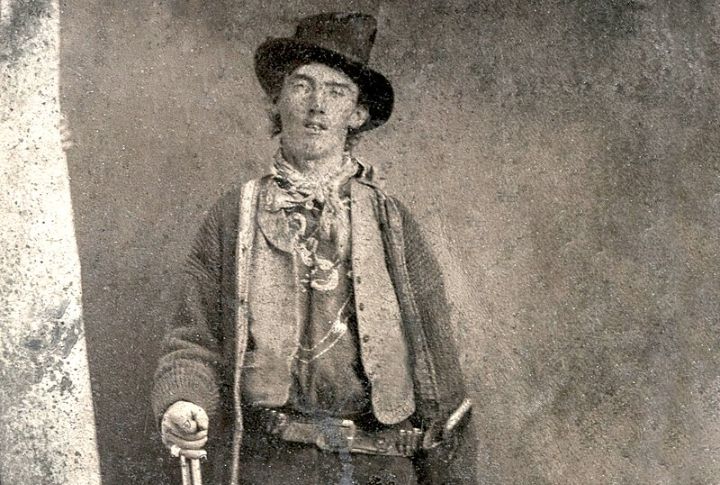
Although recorded to have 21 kills, it was in fact 8. Billy dodged more truth than bullets; some of the murders were in self-defense and most were exaggerated. The man faded fast. The legend? It cashed in and kept running.

